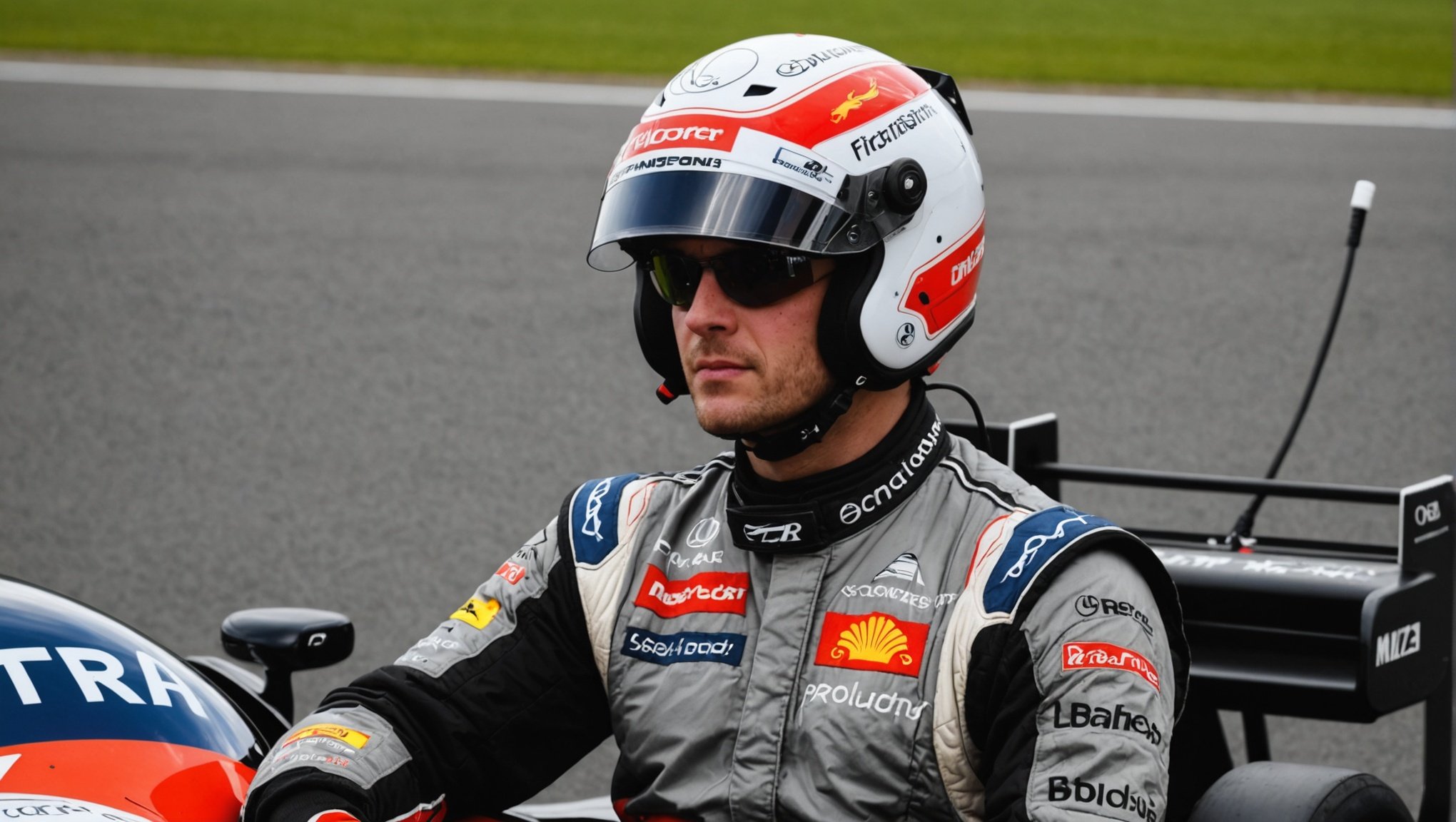Overview of Non-Invasive Brain Stimulation Methods
Non-invasive brain stimulation is a game-changer in neuroscience research and clinical practice. Techniques like transcranial direct current stimulation (tDCS) and transcranial magnetic stimulation (TMS) are at the forefront.
tDCS involves applying a low electrical current to the scalp, modulating neuronal activity to enhance cognitive functions such as memory and learning. TMS, on the other hand, uses magnetic fields to induce small electric currents in the brain, which can either excite or inhibit neuronal circuits. This makes TMS a powerful tool for studying brain plasticity and treating disorders like depression.
Also read : Boost Your Marathon Performance: The Impact of Precision Hydration Strategies in Arid Environments
One significant advantage is that these techniques bypass the risks associated with invasive brain stimulation methods. Invasive methods rely on surgical procedures to implant electrodes directly into the brain, posing higher risks of complications. In contrast, non-invasive techniques are safer and more accessible, allowing for broader application in both clinical and research settings.
Understanding the mechanisms of action of these methods enhances their relevance to cognitive functions and therapeutic interventions. The ability to modulate brain activity without surgical intervention opens new opportunities for studying complex brain networks and treating neurological disorders in a safe and controlled manner. These techniques continue to evolve, promising a future of expanded applications and deeper insights into brain functionality.
Topic to read : Boosting Team Dynamics in Corporations: Leveraging Sports Psychology Strategies for Success
Scientific Studies on Efficacy
Scientific research studies have shown that brain stimulation can enhance various cognitive functions, including performance enhancement in specific tasks. A number of studies have highlighted its potential benefits in improving reaction times. For instance, one prominent study provided direct evidence that participants receiving brain stimulation showed significantly quicker reactions when completing timed tasks compared to a placebo group. This improvement in reaction times suggests a tangible impact on cognitive speed and agility.
When it comes to driving performance, these enhancements translate into a more responsive and attentive driver. Faster reaction times can mean the difference between avoiding an accident and being involved in one. However, it’s essential to understand that while improvements are notable, they are not universally applicable. Factors like individual differences in cognitive baseline and the type of task can influence the effectiveness of brain stimulation.
Current research also poses certain limitations and considerations. The majority of studies have small sample sizes, which can restrict the generalizability of findings. Moreover, long-term effects and potential side effects remain underexplored. Also, ethical considerations need addressing, particularly in competitive contexts where achieving unfair advantages may be possible. As research progresses, these considerations are crucial to ensure safe and equitable applications of technology.
Applications in Formula 1
In the realm of Formula 1, cutting-edge technology takes centre stage, enhancing both car and driver performance. One emerging approach is through the application of brain stimulation techniques. Teams are increasingly incorporating these innovative methods into their training regimens to improve driver focus, reaction times, and overall cognitive function.
Brain Stimulation Techniques
In the high-stakes world of motorsport applications, maintaining peak mental performance is crucial. Brain stimulation involves non-invasive techniques like transcranial direct current stimulation (tDCS) to enhance cognitive abilities. By applying mild electrical currents to the brain, drivers can potentially improve their concentration and decision-making skills during races.
Case Studies: Driver Benefits
Several drivers have reportedly reaped benefits from integrating brain stimulation methods into their training routines. For instance, specific teams have publicly expressed satisfaction with the improved driver performance seen during pre-race preparations. These Formula 1 pioneers are setting a precedent, as more teams consider adopting similar strategies.
Integration and Adaptation
Integrating brain stimulation into training regimens demands careful assessment. Teams tailor these strategies to fit individual drivers’ needs, ensuring optimal results. By doing so, they create a supportive environment that maximises on-track performance and reinforces the competitive edge crucial in Formula 1. These developments underscore the relentless pursuit of excellence within the sport.
Expert Opinions and Perspectives
Aligning with the evolving landscape of neuroscience, insights from expert analysis reveal compelling intersections with the motorsport industry. Neuroscientists and sports psychologists delve deep into the role of brain stimulation, an innovation that could potentially transform cognitive and physical performance. They emphasise its ability to enhance focus, reduce reaction times, and improve decision-making skills crucial in high-speed, high-stakes environments.
The opinions on the practicality and ethics of brain stimulation are diverse. Proponents argue that these advancements equip drivers with a competitive edge, akin to strategic physical training. Yet, this perspective is not universally accepted. Critics highlight ethical questions regarding the potential resistance to such interventions, particularly in the traditional motorsport community that values natural talent and skill.
Resistance often stems from concerns about the authenticity of achievements and the pressure it may put on athletes to adopt these technologies. Conversely, some factions within the motorsport industry embrace this as a new frontier, poised to redefine the boundaries of human potential.
As these technologies become more mainstream, acceptance may grow, leading to necessary discussions about how they integrate with the sport’s evolving culture and ethics. The discourse suggests a nuanced journey of integration with potential implications for both participants and onlookers alike.
Safety and Ethical Considerations
The advancement of brain stimulation techniques, while promising in enhancing performance, necessitates a thorough exploration of both safety measures and ethical implications.
Safety Measures
Safety protocols are integral when utilizing non-invasive techniques such as transcranial direct current stimulation (tDCS). These protocols are designed to minimize adverse effects, ensuring that interventions are both scientifically and ethically sound. They include pre-assessment screenings and session duration limits, which are critical in protecting participants during studies or practical applications.
Ethical Implications
Ethical dilemmas surface when considering the enhancement of human capabilities through brain stimulation. Questions regarding fairness in competitive environments, such as sports, challenge regulatory bodies to define the boundaries of acceptable use. There is a fine line between therapeutic applications and enhancements that may provide unfair advantages or alter an individual’s natural capabilities.
Regulatory Perspectives
Regulatory bodies continue to develop guidelines to manage the use of brain stimulation in various fields, including sports. These guidelines aim to uphold the integrity of competition while protecting the welfare of participants. The ongoing debates underscore the need for comprehensive frameworks that consider both safety measures and the broader implications of brain stimulation technologies.
Real-World Examples in Motorsport
Case studies in motorsport vividly illustrate the successful implementation of cutting-edge techniques. Noteworthy are teams such as Mercedes-AMG Petronas who have revolutionised the sport with innovative approaches. Their success stories are not merely anecdotal; they stem from detailed applications of technology that have sometimes been seen as science fiction.
One prominent real-world application is the non-invasive stimulation method, which has been pivotal in enhancing driver performance. For instance, Ferrari’s introduction of neural stimulation techniques to improve cognitive focus marks a significant performance leap. This approach allows drivers to optimise their reaction times, providing a crucial advantage in competitive races.
In comparing motorsport to other sports, the application of these methods is broad but uniquely impactful in racing. While football and basketball teams may incorporate similar technologies to improve athlete decision-making capabilities, the high-speed demands of motorsport create a unique environment. The precision required in driving necessitates instant reactions, making the effectiveness of these techniques more apparent in this context.
These comparisons underline the critical role of technology and neural stimulation in modern sports. Across multiple disciplines, the focus on enhancing athlete performance through innovative, non-invasive means underscores the importance and potential of continued development in this area.
Future Implications for Driver Training
The landscape of driver training is poised for significant evolution, thanks to future trends in technology. Anticipated advancements in brain stimulation technologies are predicted to revolutionize performance optimization. By leveraging these innovations, drivers could enhance their reflexes and decision-making skills—elements crucial for success in motorsports.
As technology progresses, driver training programs may undergo substantial changes. The inclusion of brain-computer interfaces might personalize training regimens, adapting in real-time to a driver’s unique mental state. Such adaptability could vastly improve training efficacy, providing a competitive advantage by ensuring drivers are always at their peak performance level.
In motorsports, where milliseconds can determine outcomes, embracing technology is not just an option but a necessity. Future training programs might integrate virtual reality simulations that mimic race conditions, enabling drivers to practice in a risk-free yet realistic setting. These programs could measure performance metrics accurately and identify areas needing improvement.
By focusing on performance optimization, the application of new technologies in driver training holds the promise of unlocking human potential to its fullest. As these future trends develop, they may not only redefine what is possible on the racetrack but also influence global standards in driver excellence.
















